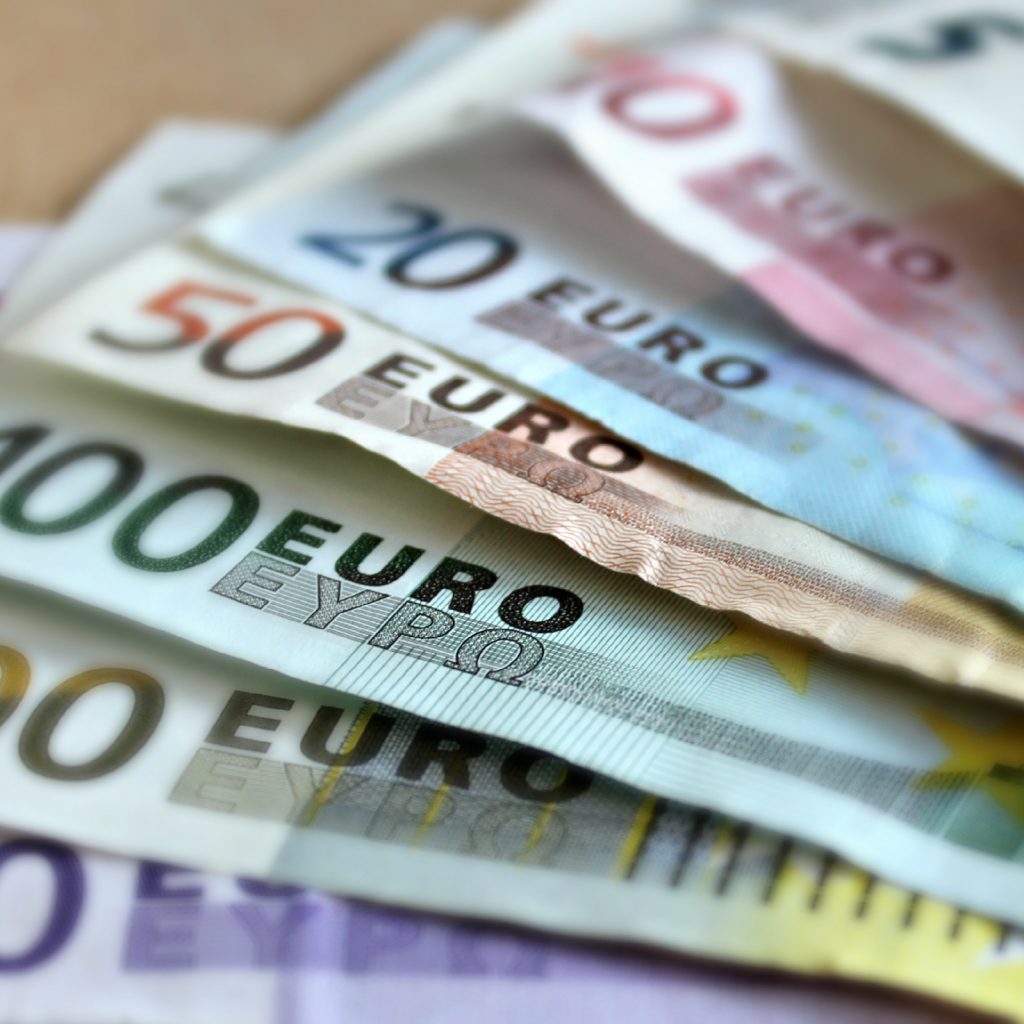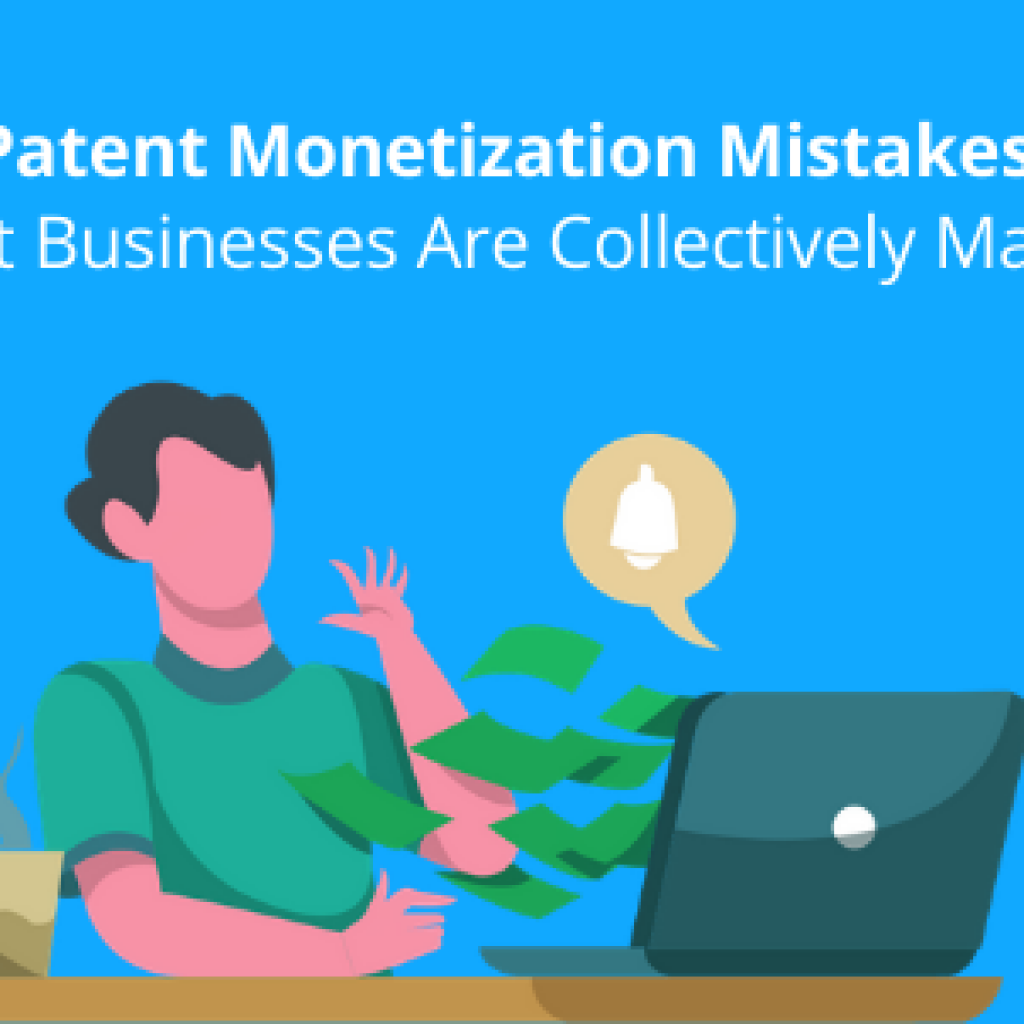After several years as a commercial litigator, a few more years with a prominent IP (intellectual property) firm in Washington, D.C., I spent a fair amount of time as in-house patent counsel to a small licensing and IP monetization firm. In my position, I had the opportunity to review hundreds of patent portfolios that were being offered for sale by various patent brokers.
Looking at the numbers of portfolios that past our first line review, in about 90% of cases we reviewed the patents were valueless. Whether from a lack of a supportable infringement position, clear invalidity (after a short prior art search) or poor claim language, the patents could not be defended.
A patent’s value is, for the most part, based on the quality of upfront work put into the patent application process.
At the other end of the timescale, value, to the extent it is based on being able to sell the patent or recover infringement damages, will not be determined in most cases until many years after issuance.
The time lag between assessing the value and initiating the patent application process leads many to take shortcuts that severely impact value.
Let’s be honest, if one weak patent is worthless then a large portfolio of questionable patents is equally worthless. While a U.S. Patent is presumed valid upon issuance, there is no corresponding presumption of value. An issued patent looks great, with its gold seal and ribbon. Further, it is issued by a respected branch of the Federal Government. So, what’s not to like.
Side Note: GreyB has a free tool that can help you know the value of your patent portfolio. It ranks patents in your portfolio and helps you spot hidden gems. Click here to rank your portfolio.
For many years there has been a lot of dumb money circling the patent wagon train. Selling and buying patents became a business in its own right. And it was big business. Today, that party is over and is moving on. The reason: a flood of weak patents which did little to create wealth for their ultimate owners and legislative hurdles that make it harder for patent owners to prevail.
Money was certainly made by some original owners and those that worked to enforce and defend patent rights. But, overall, I submit that it was a short blip along the technology timeline.
It’s true that some made considerable amounts by buying and enforcing patents. They were lucky and smart. Lucky in the sense that the patents they purchased ended up being defensible in the long run (despite the best efforts of their former owners to obtain patents at the lowest cost).
They were also smart in that through hard work and expertise they were able to recognize the value and act accordingly. Thankfully, I found myself in this group a few times. However, a large percentage of patents available to the market over the past decade or so do not fit in this category.
No amount of luck or smarts can resurrect these sad offerings. Why is this so? Simply put shortsighted thinking.
Shortsighted thinking leads to taking a low-cost approach to patent creation with respect to all inventions, whether the invention is core to the business or not. The old adage “you get what you pay for” applies with equal force to patents. Low cost is great in terms of a fungible commodity that has an understood value (price) at the outset. However, one cannot assess the value of an “as yet” issued patent from an examination of its underlying invention disclosure.
Creating value from an invention is an ongoing process that starts at the beginning of the patent application process. No matter what strategy one has for obtaining patents, five or ten years down the road you do not want to be in a position of waiving around a questionable patent in the face of potential infringing entities.

Eric Halber, the author of this article, is a thought leader in the IP space. He has over 25 years of experience patent litigation and prosecution with Fortune 500 companies and top law firms. You can follow Eric on LinkedIn from here.
Eric is sharing his extensive experience through a series of articles on GreyB. You can also subscribe to our email newsletters to get notified about his strategies and thought process from here: Click here to Subscribe.



